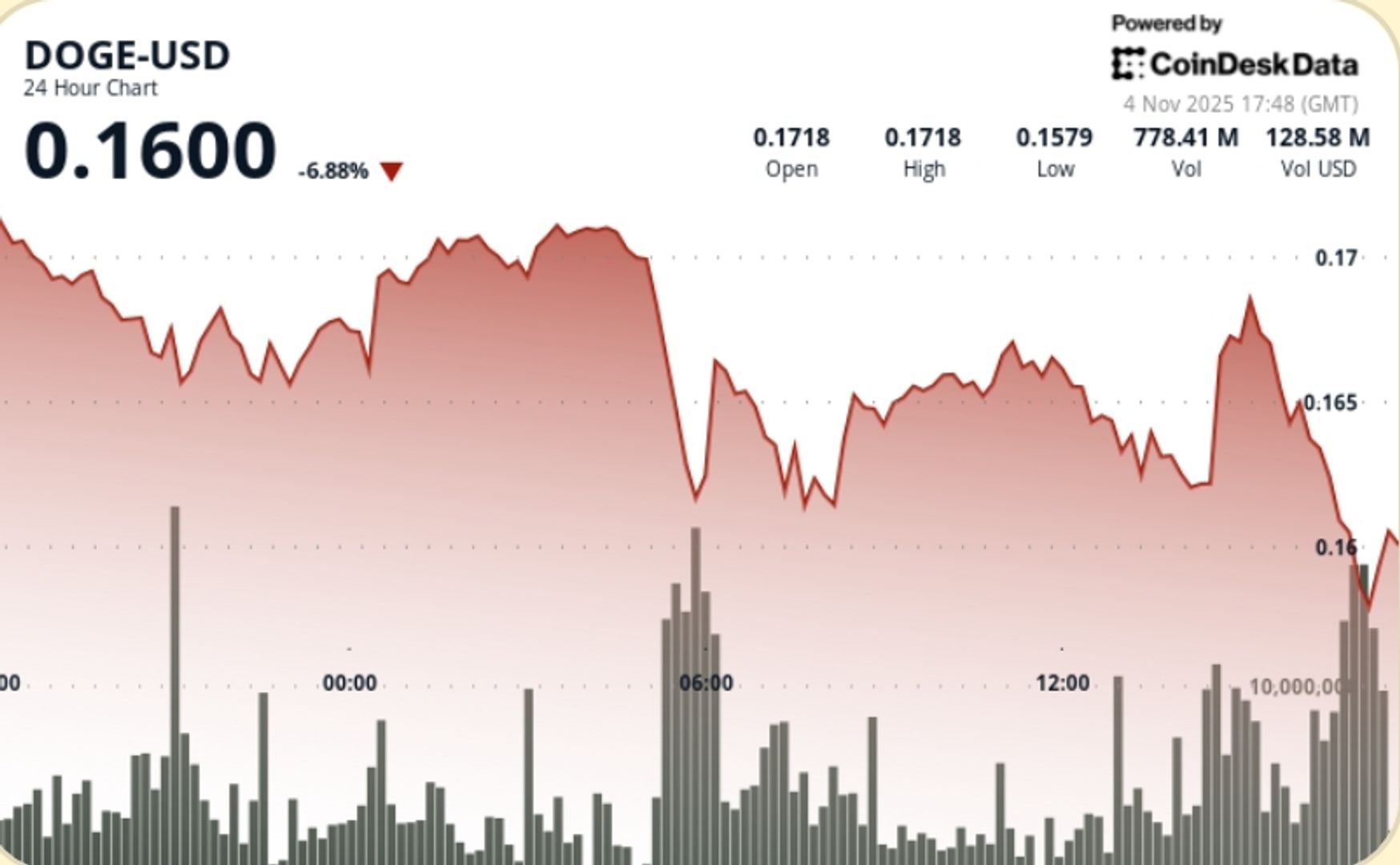Brazil’s central bank released on Monday, November 10, long-awaited rules for virtual assets that will affect how stablecoins are classified in a framework that extends the country’s existing anti-money-laundering, counter-terrorism, and consumer protection laws to virtual-asset service providers (VASPs) and foreign-exchange (Forex) operators.
According to the central bank, any transaction that involves virtual assets pegged to fiat currencies will be treated as a foreign exchange operation.
The same classification will apply to international payments or transfers made using virtual assets, including those carried out through cards or other electronic payment methods.
The regulations are expected to come into effect in February 2026. It is one of the first major moves the central bank has made towards regulating crypto assets and stablecoins since 2022, when the country approved a legal framework for cryptocurrencies, but its implementation rested on complementary regulations that the central bank was expected to provide.
Central bank introduces new rules
Brazilian authorities have been monitoring the surge in stablecoin transactions, with central bank governor Gabriel Galipolo describing the rise as “significant and worrying.”
Earlier this year, Galipolo said around 90% of Brazil’s crypto transaction volume is tied to stablecoins, many of which are being used for payments or to bypass traditional financial systems that are more tightly regulated and taxed.
Policymakers say that while stablecoins are less volatile than cryptocurrencies such as Bitcoin, their increased adoption has created regulatory blind spots.
The central bank said it wants to ensure that these assets are no longer used as channels for illicit transfers, tax evasion, or money laundering.
“New rules will reduce the scope for scams, fraud, and the use of virtual asset markets for money laundering,” said Gilneu Vivan, the central bank’s director of regulation, at a press conference announcing the measures.
Regulatory alignment and compliance challenge
The classification of stablecoins as forex operations means that each transaction will now need to adhere to the same disclosure and compliance standards that apply to conventional cross-border currency dealings.
This change could increase compliance costs for crypto firms operating in Brazil, but it also provides some form of legitimacy to the sector as it clarifies how virtual assets fit into the national financial framework.
Last month, Roberto Campos Neto, the central bank governor, shared that they should be regulating the stablecoins and asset tokenizations next year, and this latest regulatory rollout seems to be the first step in that direction.
Jurisdictions roll out stablecoin regulations on a case-by-case basis
The central bank’s move positions Brazil among the first large economies to treat stablecoins as foreign exchange instruments, a step that could influence how other jurisdictions deal with similar challenges.
Various countries continue to regulate stablecoins and treat them according to their own realities. The US landmark GENIUS Act touches on reserves and anti-money laundering programs. The European Union has the Markets in Crypto-Assets Regulation (MiCA); Hong Kong also launched its stablecoin ordinance in August.
Singapore and the United Arab Emirates also have frameworks and regulations in place for stablecoins.
The stablecoin market is mostly dominated by coins pegged to the US dollar, and Brazil treating stablecoins as forex speaks to this fact. Many nations are trying to work around this by issuing their own e-currencies or stablecoins pegged to their own local currencies.
Join Bybit now and claim a $50 bonus in minutes
















 English (US)
English (US)